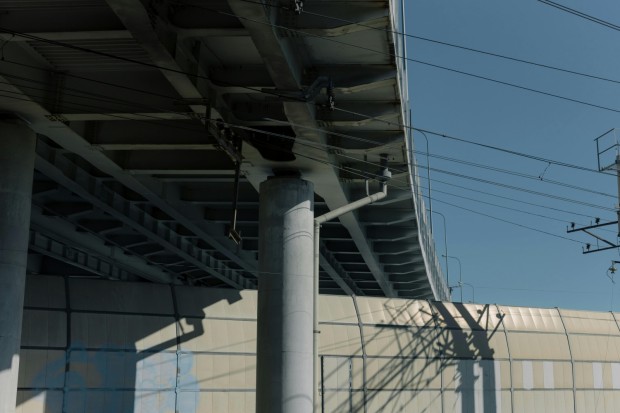Creating a solid foundation is crucial for building robust structures. Slabs are vital in offering a stable platform to support various building elements, ensuring uniform support for the entire structure and its contents.
Explore the realm of concrete slabs, gaining insights into their different types and specific applications crucial for expanding your knowledge in construction.

(Photo : Pexels/cottonbro studio )
1. One-way Slab
The primary function of a one-way slab is to support weights in a single direction. Beams and walls are structures where reinforcement is positioned perpendicular to the span. It is typical practice to employ these kinds of slabs in circumstances where the loads primarily operate in one direction, such as in rectangular corridors or rooms.
2. Two-way Slab
Specifically designed to support weights in two directions that are perpendicular to one another, two-way slabs are constructed. These slabs are perfect for spacious floor surfaces since they effectively disperse loads in numerous directions. They also provide excellent structural stability and support from an architectural standpoint. Projects that demand sturdy load-bearing capacities and improved structural integrity can rely on two-way slabs as a dependable solution due to their capacity to support considerable loads.
3. Flat Slab
A slab made of reinforced concrete that does not contain any beams or girders is called a flat slab. It is directly supported by the columns, providing a simple and adaptable structural solution. Aside from providing more headroom, flat slabs also facilitate the installation of services and make construction more efficient. Their application is widespread in locations where partitions are likely rearranged regularly or structures requiring significant open sections.
4. Hollow Core Slab
These pre-poured slabs are delivered to the construction site for your convenience. Because of this, the amount of time and work that may be required for your project is reduced. It is sufficient to use a crane to lift and install the hollow core slabs on the supporting columns. Hollow core slabs provide an unparalleled span distance compared to other slab alternatives, and their holes are ideal for wiring and plumbing, reducing construction time and expense.
5. Dome Slab
Utilizing a dome slab makes it possible to make a dome recognizable as a mosque, temple, or palace. A support structure made of steel shaped like this concrete construction utilizes a semicircle. The concrete is meticulously poured using a framework to obtain a smooth or textured dome shape.
6. Bubble Deck Slab
A type of two-way concrete slab known as a bubble deck slab is characterized by the incorporation of hollow plastic balls or bubbles into the body of the slab. Recycling-based plastic balls are arranged in a matrix in the slab, and the bubbles minimize cement use, making it lighter and cheaper. Additionally, the voids produced by the bubbles can be utilized for various functions, including conduits for plumbing and electrical systems.
7. Composite Slab
Multiple components work together to make a composite slab solid and stiff. Steel reinforcement, a concrete topping, and a steel deck are the three components of a standard composite slab. Aside from serving as a formwork and tensile reinforcement, the steel deck imparts compressive strength via the concrete topping.
Related Article: 6 Strategies to Find the Perfect Builder for Your Home Restoration on A Budget!







